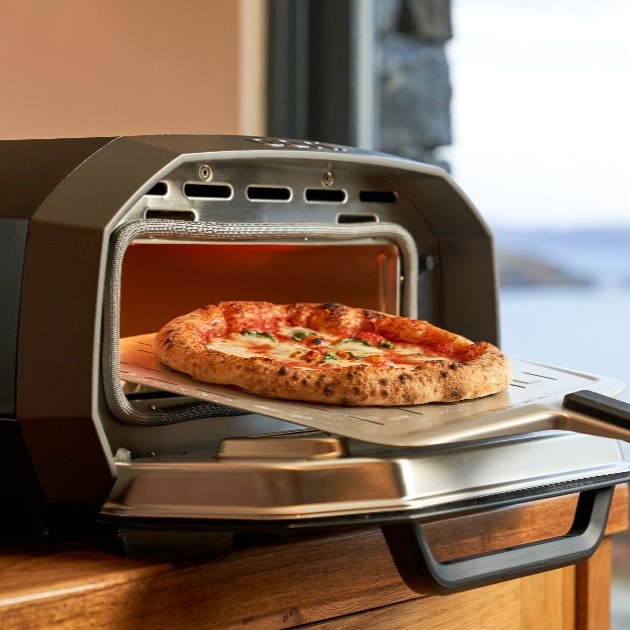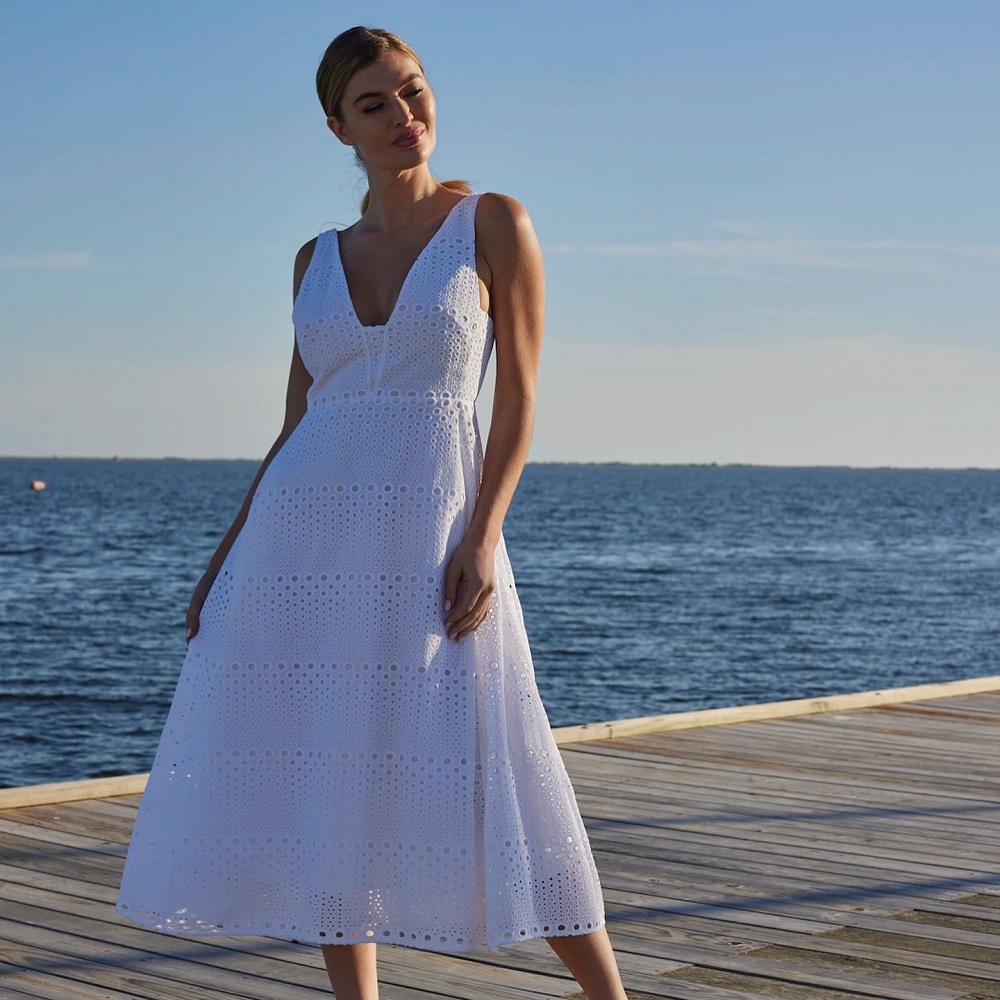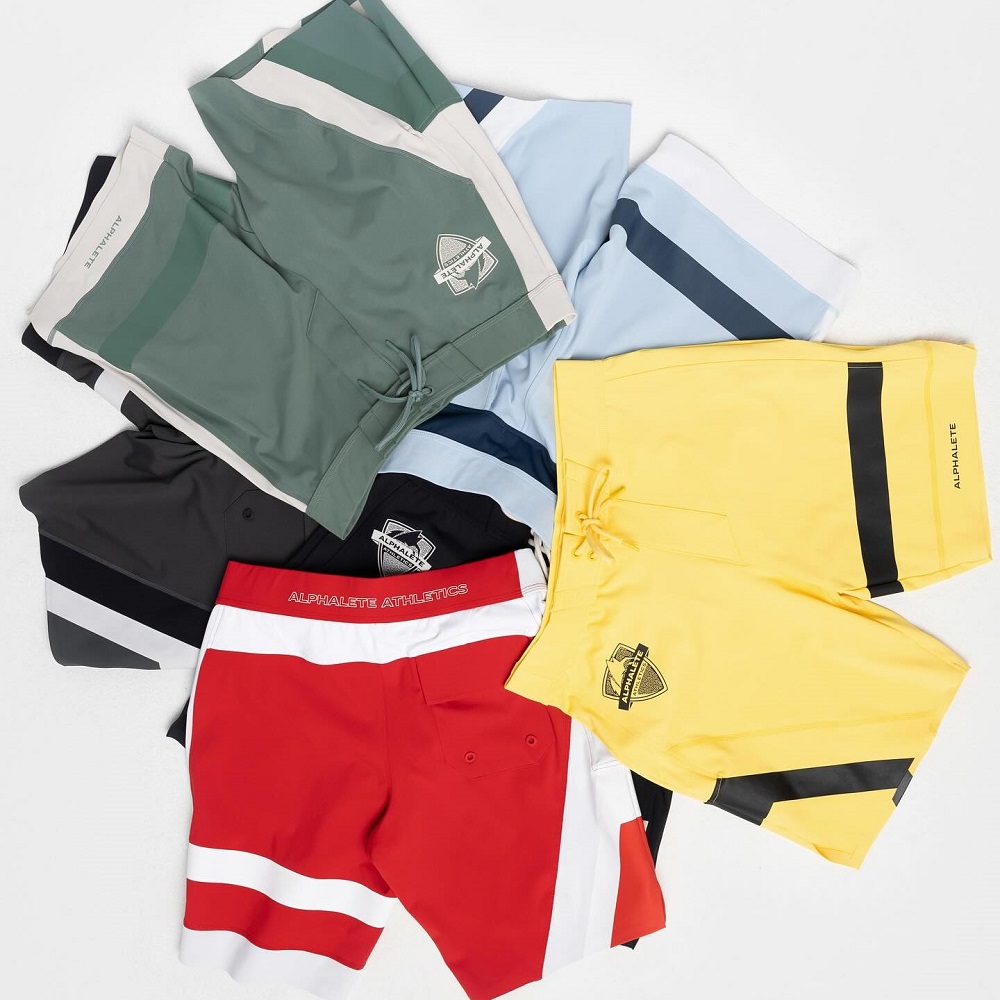Best Insoles for Flat Feet: Top Picks for Ultimate Comfort and Support
As someone who has flat feet, I understand the importance of finding the right insoles to alleviate discomfort and provide the necessary support. Flat feet, also known as fallen arches, can cause a variety of issues such as pain in the feet, legs, and back. Insoles can help by providing arch support, cushioning, and stability.
When it comes to choosing the best insoles for flat feet, there are several factors to consider. The first is arch support. Insoles with proper arch support can help distribute weight evenly across the foot and prevent overpronation, which can lead to pain and discomfort. The material of the insole is also important.
Look for insoles made of high-quality materials that provide both comfort and durability. Cushioning is another crucial factor, as it can help absorb shock and reduce pressure on the feet. Finally, the level of support provided by the insole should be considered. Insoles with a firmer support can be beneficial for those with flat feet, as they help stabilize the foot and prevent excessive rolling.
Understanding Flat Feet
What are Flat Feet?
As someone with flat feet, I know firsthand how uncomfortable it can be to walk or stand for extended periods of time. Flat feet, also known as fallen arches, is a condition where the arches of your feet have collapsed, causing the entire foot to touch the ground. This can lead to a variety of issues, including foot pain, shin splints, and other injuries.
Causes of Flat Feet
There are several factors that can contribute to flat feet. Some people are born with flat feet, while others develop it over time. Aging, for example, can cause the tendons and ligaments in your feet to weaken, which can lead to flat feet. Other causes include inflammation, bunions, and calluses.
Symptoms of Flat Feet
The most obvious symptom of flat feet is, of course, the lack of arch in the foot. However, there are other symptoms to watch out for, including foot pain, especially in the arch or heel, and difficulty standing on your toes. Flat feet can also cause issues with your hips and lower back, as well as increase your risk of developing shin splints and other injuries.
If you suspect you have flat feet, it’s important to see a podiatrist or other healthcare professional for a proper diagnosis. They can help determine the best course of treatment, which may include wearing supportive shoes or using orthotic insoles.
Overall, flat feet is a common condition that can cause a variety of issues. By understanding the causes and symptoms, you can take steps to manage the condition and reduce your risk of foot pain and other related injuries.
Why Insoles are Important for Flat Feet
As someone with flat feet, I understand the discomfort and pain that can come with it. That’s why I highly recommend investing in a good pair of insoles. Insoles provide additional support and cushioning to your feet, which can alleviate discomfort and prevent future foot-related issues. In this section, I’ll explain the benefits of insoles for flat feet and the different types available.
Benefits of Insoles for Flat Feet
Insoles provide much-needed support and cushioning to your feet. They help distribute your weight evenly across your feet, which can reduce pressure on certain areas. This is especially important for people with flat feet, as they have a tendency to overpronate (roll their feet inward) while walking or running. Insoles can help correct this by providing arch support and promoting proper foot alignment.
In addition to reducing discomfort, insoles can also prevent future foot-related issues. For example, plantar fasciitis is a common condition among people with flat feet. Insoles with a deep heel cup and metatarsal pad can help prevent this condition by reducing stress on the plantar fascia.
Types of Insoles for Flat Feet
There are many different types of insoles available for flat feet. Here are a few popular options:
- Spenco Polysorb Cross Trainer: These insoles provide excellent arch support and cushioning, making them ideal for athletic activities.
- Superfeet Green: These insoles have a deep heel cup and high arch support, making them a great choice for people with high arches.
- Powerstep Pinnacle Maxx: These insoles have a firm arch support and a cushioned heel, making them a good choice for people with overpronation or heel pain.
- Walk Hero: These insoles have a memory foam layer that molds to your feet, providing customized support and cushioning.
- Dr. Scholl’s: These insoles have a heel cushion and anti-odor properties, making them a good choice for everyday use.
When choosing insoles, it’s important to consider factors such as fit, comfort, and durability. It’s also a good idea to consult with a podiatrist to determine the best type of insoles for your specific foot type and needs.
In conclusion, insoles are an important investment for anyone with flat feet. They provide additional support and cushioning, which can alleviate discomfort and prevent future foot-related issues. With so many different types of insoles available, it’s important to choose the right one for your specific needs.
Choosing the Best Insoles for Flat Feet
As someone with flat feet, I know how uncomfortable it can be to stand or walk for extended periods. That’s why finding the right insoles is crucial. In this section, I’ll discuss the factors to consider when choosing insoles for flat feet and recommend some of the top insoles on the market.
Factors to Consider
When shopping for insoles for flat feet, there are a few key factors to consider:
- Arch Support: Look for insoles that provide adequate arch support. Flat feet lack the natural arch that helps distribute weight evenly across the foot. Arch support can help alleviate discomfort and prevent further issues.
- Cushioning: Insoles with cushioning can help absorb shock and reduce pressure on the feet. This is especially important for runners or those who spend a lot of time on their feet.
- Heel Cup: A deep heel cup can help stabilize the foot and improve foot alignment. This can help reduce pain and discomfort in the knees and back.
- Fit: Insoles should fit comfortably in your shoes without feeling too tight or too loose. Make sure to choose the right size and shape for your feet.
- Durability: Look for insoles that are made from high-quality materials that can withstand regular use.
Top Insoles for Flat Feet
Here are some of the top insoles for flat feet on the market:
- Spenco Polysorb Cross Trainer: These insoles provide excellent arch support and cushioning. They also have a deep heel cup to improve foot alignment.
- Powerstep Pinnacle Maxx: These insoles offer a combination of foot support, control, and cushioning. They have a firm yet flexible shell that helps support and stabilize the feet.
- Superfeet Green: These insoles have a high arch and deep heel cup to provide maximum support and stability. They also have a durable construction that can withstand regular use.
- Samurai Insoles: These insoles are made from memory foam that molds to the shape of your feet. They also have a metatarsal pad to relieve pressure on the ball of the foot.
- Walk Hero: These budget-friendly insoles provide excellent arch support and cushioning. They also have an anti-odor design to keep your feet fresh.
When choosing insoles, it’s important to consider your specific needs and preferences. Consult with a podiatrist if you have any questions or concerns. With the right insoles, you can alleviate discomfort and improve your overall foot health.








